2700 Miles in a Cherokee Six
AeroSavvy
AUGUST 20, 2021
I spent a few months researching aircraft performance and high altitude airport flying techniques. Density Altitude Piston engines, wings, and propellers lose efficiency as they climb to less dense air at higher altitudes. Pressure altitudes were converted to density altitude.

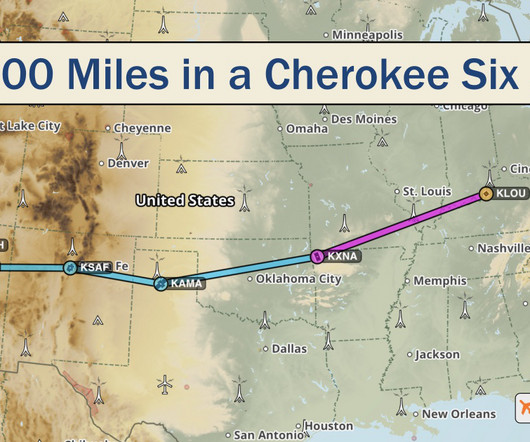
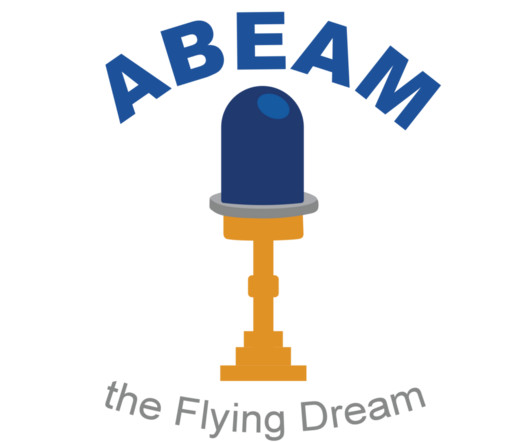
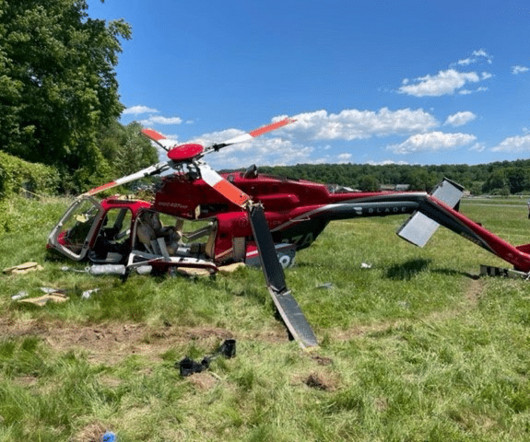
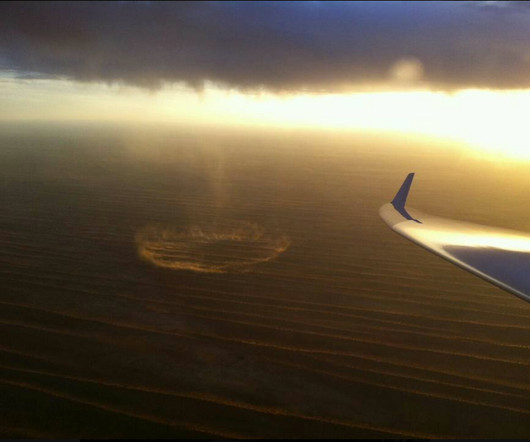

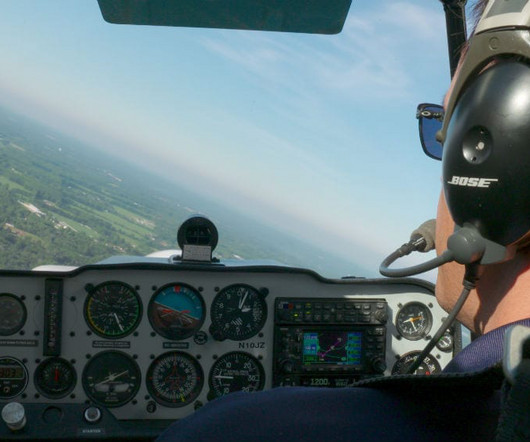








Let's personalize your content